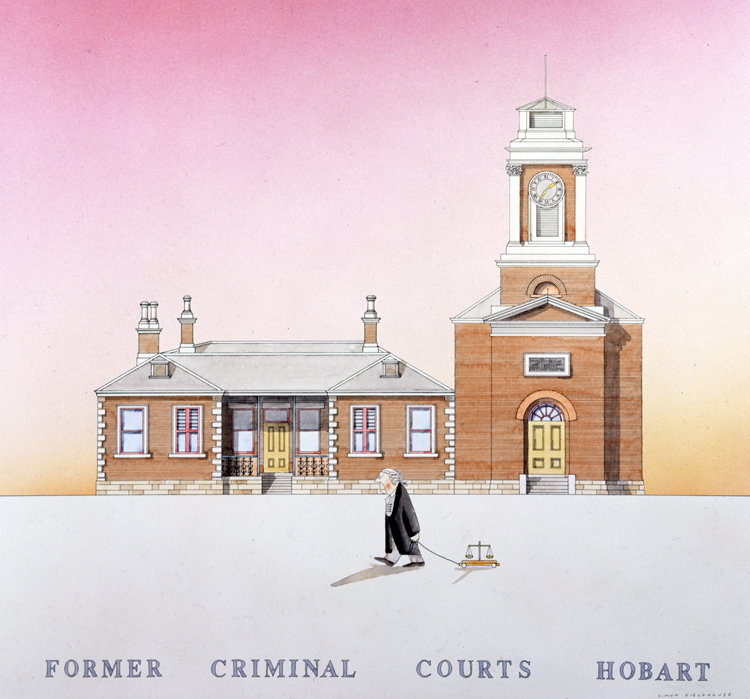
Former Criminal Courts - Campbell St and Brisbane St - Hobart
Former Criminal Courts - Campbell St and Brisbane St - Hobart. The capital city of Tasmania, boasts a rich history filled with tales of convicts, colonial justice, and the evolution of its legal system. Two prominent landmarks that played a pivotal role in the city's legal history are the former Criminal Courts on Campbell Street and Brisbane Street. These buildings, though no longer serving their original purpose, stand as testaments to the evolving nature of justice in Hobart.
Campbell Street Criminal Court
The Campbell Street Criminal Court, located at 38 Campbell Street, Hobart, was constructed in 1860. This historical edifice, made of sandstone, is a symbol of the convict past that Tasmania is famous for. It served as the primary criminal court for the region for over a century. Notable cases, such as those involving bushranger Martin Cash, were heard here. The court witnessed countless trials and the meting out of justice during a time when the penal system was paramount in shaping the colony.
Brisbane Street Criminal Court
The Brisbane Street Criminal Court, located at 1 Brisbane Street, Hobart, has an equally impressive history. Built in 1913, this grand building was designed to replace the Campbell Street court due to its inadequate facilities. It was a significant upgrade, offering better amenities for both court personnel and the public. Brisbane Street Criminal Court stood as a symbol of Tasmania's commitment to justice, becoming a cornerstone for legal proceedings in the 20th century.
Evolution and Legacy
As Tasmania evolved and modernized, the necessity for these old structures diminished. In 1983, the Brisbane Street Criminal Court was closed, marking the end of an era. The Campbell Street Criminal Court, too, eventually ceased its role as a primary criminal court.
Today, both buildings have found new life. The Campbell Street Criminal Court now houses the Tasmanian Museum and Art Gallery (TMAG). This transformation not only preserves the building but also reflects the state's acknowledgment of its complex history. The Brisbane Street Criminal Court became part of the Tasmanian Museum and Art Gallery in 2013, continuing to showcase the state's rich heritage.
The significance of these buildings extends beyond their architectural charm. They are symbols of Tasmania's journey from a colony built on convict labor to a thriving modern state. The transition from these courts to museums signifies a broader shift towards acknowledging the past while embracing a future that values justice, heritage, and culture.
Conclusion
The former Criminal Courts of Campbell Street and Brisbane Street in Hobart hold a special place in Tasmania's history. They were once the epicenters of justice, where countless lives were affected by legal decisions. Today, these buildings continue to serve the public, albeit in a different capacity, as museums. They stand as tangible reminders of Tasmania's transformation from a colonial penal colony to a vibrant and culturally rich state that cherishes its past. The story of these former courts is a testament to the enduring significance of history and the preservation of our shared heritage.